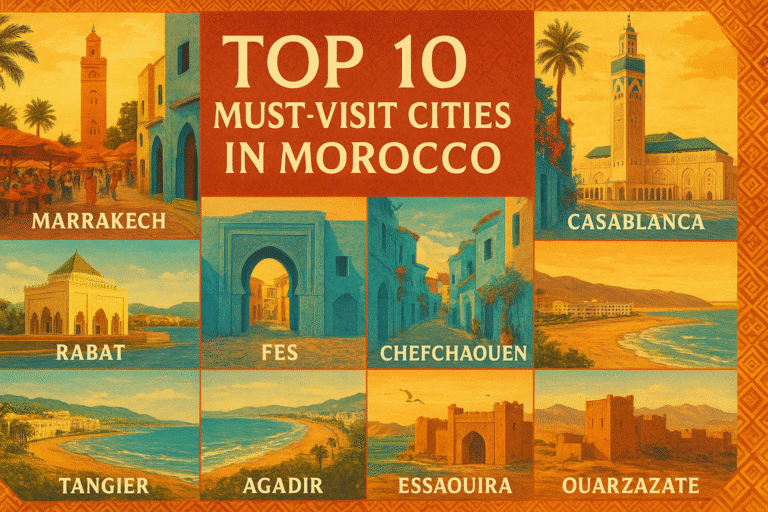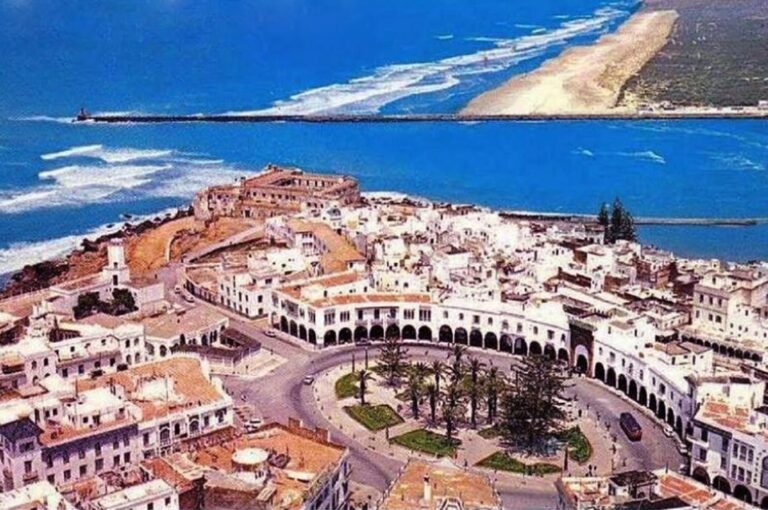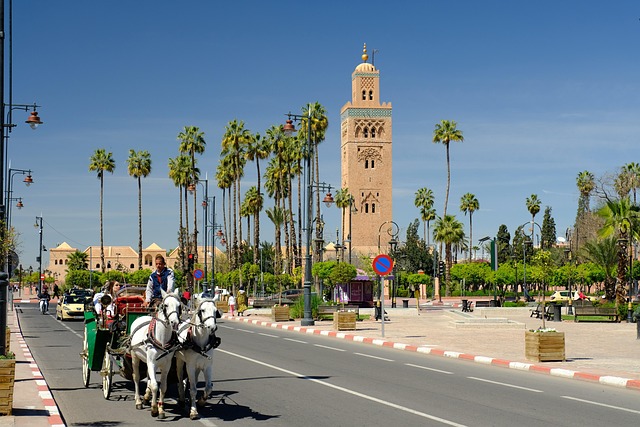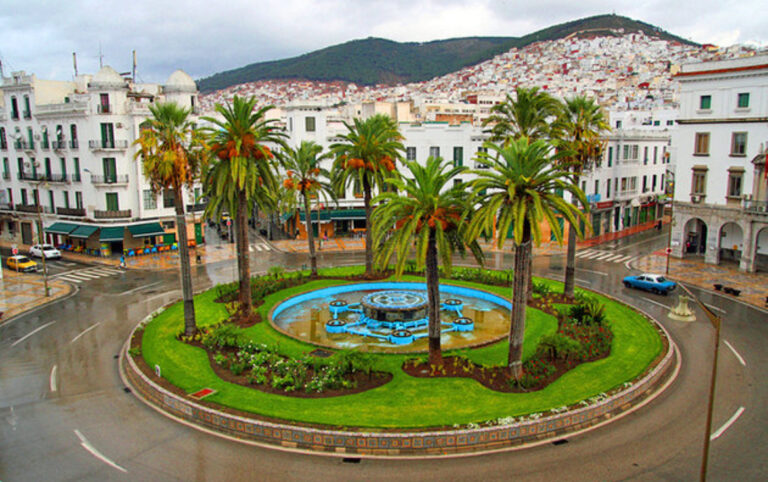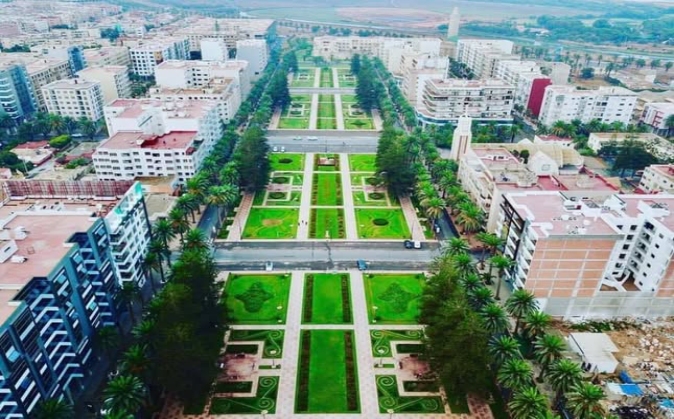Taroudant: Discover the Little Marrakech of Southern Morocco
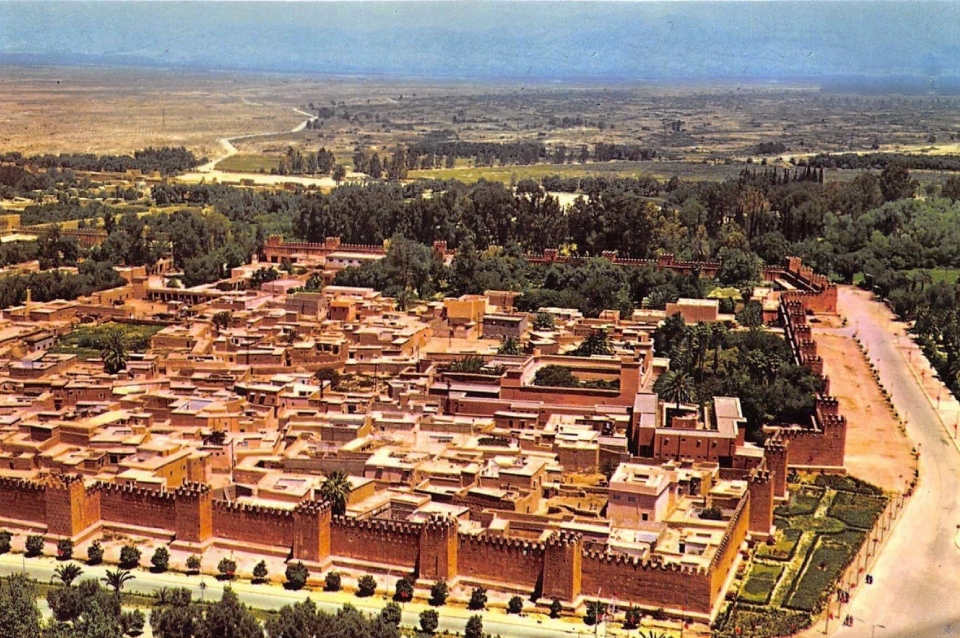
Encircled by magnificent ochre ramparts that stretch for nearly six kilometers, cradled between the snow-capped High Atlas Mountains and the rugged Anti-Atlas range, lies Taroudant—a captivating walled city that preserves medieval charm while offering all the allure of its famous northern cousin without the overwhelming crowds. Known affectionately as “Little Marrakech” or “Grandmother of Marrakech,” this ancient Berber capital enchants visitors with its authentic atmosphere, stunning mountain backdrop, vibrant souks, and the unhurried pace of traditional Moroccan life.
Located in the fertile Souss Valley, approximately 80 kilometers east of Agadir, Taroudant stands as one of Morocco’s most beautiful and historically significant cities. This settlement of around 80,000 inhabitants has witnessed over a thousand years of history, serving as capital of the Saadian dynasty in the 16th century before they moved their seat to Marrakech. The city’s golden age left architectural treasures, imposing fortifications, and a cultural legacy that continues defining its character today.
What distinguishes Taroudant from other Moroccan imperial cities is its perfect balance between accessibility and authenticity. Unlike Marrakech’s tourist saturation or Fes’s labyrinthine complexity, Taroudant offers manageable scale, genuine local atmosphere, and spectacular natural surroundings without sacrificing historical richness or cultural depth. The city provides everything visitors seek in a Moroccan experience—magnificent architecture, traditional souks, excellent cuisine, welcoming locals—while maintaining an authentic rhythm where tourism enhances rather than dominates local life.
The imposing city walls, built with reddish-brown pisé (rammed earth), create one of Morocco’s most intact medieval fortification systems. Five monumental gates pierce these walls, opening onto palm-lined avenues, bustling souks, and quiet residential quarters where traditional life continues as it has for centuries. The ramparts themselves offer spectacular walks with panoramic views of the Atlas Mountains, creating unforgettable sunrise and sunset experiences that capture Morocco’s timeless beauty.
Whether you’re drawn by the promise of authentic medina exploration without tourist chaos, fascinated by Berber and Saadian history, seeking adventure in nearby mountain valleys and kasbahs, or simply wanting to experience the Morocco that existed before mass tourism, Taroudant delivers experiences that will exceed your expectations while touching your heart with its genuine hospitality and breathtaking beauty.
Magnificent Ramparts and Historic Gates
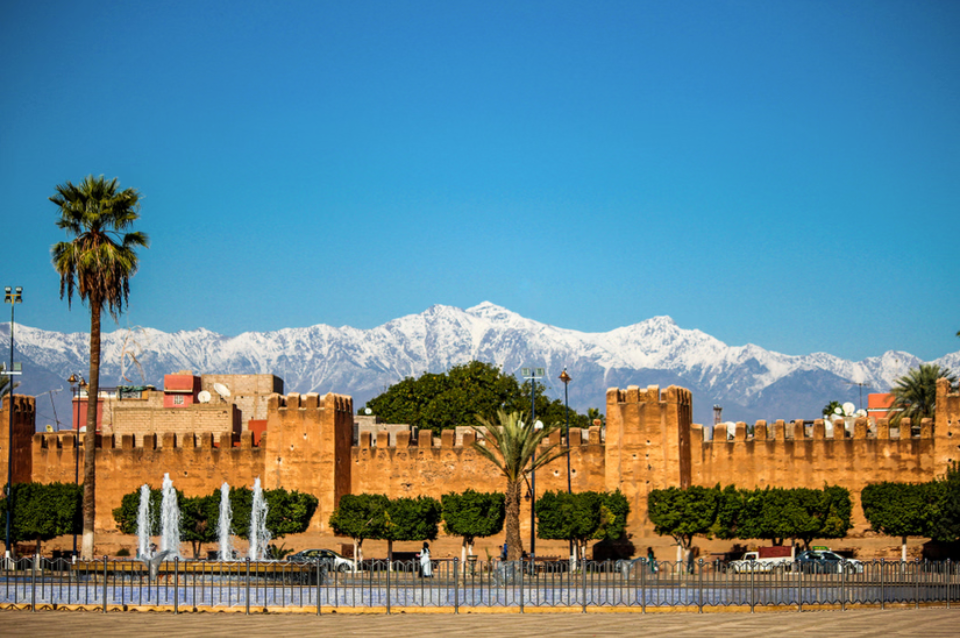
The Impressive City Walls
Taroudant’s ramparts represent one of Morocco’s best-preserved fortification systems, stretching approximately 6 kilometers around the old city. Built primarily in the 16th century during the Saadian period, these walls stand 6-8 meters high with numerous bastions and towers creating dramatic silhouettes against mountain backdrops. The reddish-brown pisé construction glows magnificently during golden hour, creating photographers’ paradise.
Five Historic Gates (Babs)
The fortifications feature five principal gates, each with distinctive character and historical significance. Bab al-Kasbah leads to the kasbah quarter, Bab Targhount opens toward Agadir, Bab Zorgane connects to the souks, while Bab Oulad Bounouna and Bab Khemis provide access to different neighborhoods. These monumental entrances showcase traditional Moroccan defensive architecture combined with decorative elements.
Walking and Cycling the Ramparts
The rampart circuit offers one of Morocco’s most rewarding urban walks, taking approximately two hours at leisurely pace. The route provides constantly changing perspectives of the city, mountains, and surrounding palmeries. Many visitors rent bicycles to complete the circuit, enjoying breezes and views while experiencing the walls’ impressive scale.
Sunset and Sunrise Experiences
Specific sections of the ramparts offer spectacular viewpoints for sunrise and sunset photography. Early morning light illuminates the snow-capped High Atlas peaks, while evening light transforms the walls into glowing ribbons of warm color. Local guides know the best vantage points for these magical moments.
Vibrant Souks and Traditional Commerce
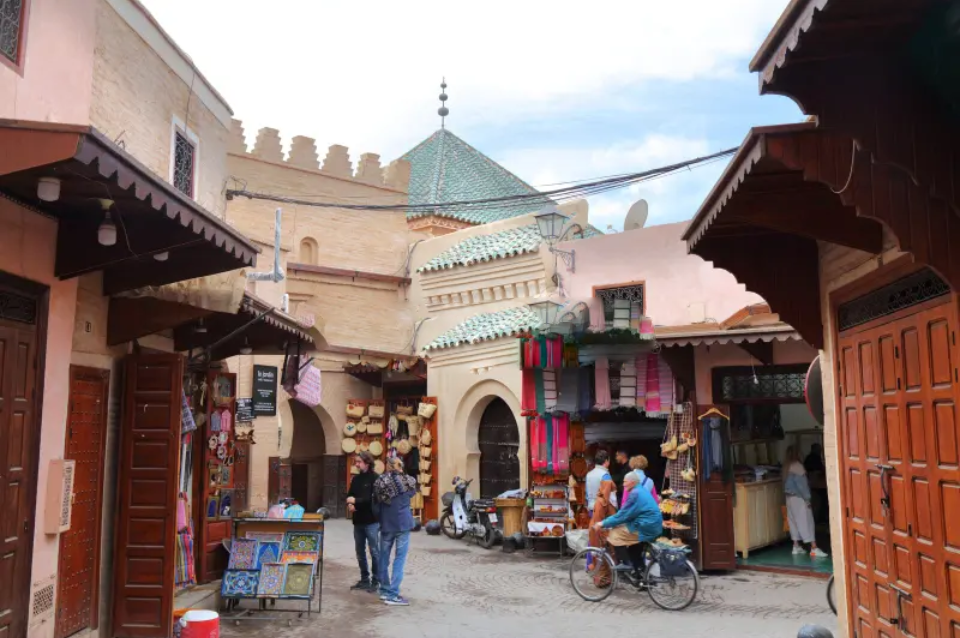
Arab Souk – Authentic Market Life
The Arab Souk, located near the main square, represents one of Morocco’s most authentic traditional markets. This covered market bustles with genuine commercial activity serving local needs rather than tourist expectations. Vendors sell spices, traditional clothing, household goods, agricultural products, and countless items essential to Moroccan daily life.
Berber Souk – Handcrafts and Artisanship
The smaller Berber Souk specializes in traditional crafts including leather goods, silver jewelry, pottery, textiles, and wooden items produced by local artisans. This market offers excellent opportunities to observe traditional production methods and purchase authentic handicrafts at fair prices with appropriate bargaining.
Spice Markets and Aromatic Delights
Dedicated spice vendors create sensory wonderlands with pyramids of colorful spices, dried herbs, traditional medicines, and aromatic ingredients. These stalls showcase Morocco’s culinary heritage and trading connections, offering everything from saffron and cumin to rose petals and argan oil.
Bargaining Culture and Shopping Etiquette
Taroudant’s souks maintain traditional bargaining customs without the aggressive selling tactics common in major tourist destinations. Negotiations proceed politely, with mint tea often shared during significant transactions. Understanding basic bargaining etiquette enhances experiences and ensures fair exchanges.
Historical Heritage and Cultural Treasures

Saadian Dynasty Legacy
Taroudant served as the first capital of the Saadian dynasty (16th century) before they established themselves in Marrakech. This golden period left architectural monuments, cultural traditions, and historical significance that continue defining the city’s character. Understanding this history provides context for the city’s importance.
The Kasbah Quarter
The kasbah area, accessed through Bab al-Kasbah, contains historical buildings, administrative structures, and residential quarters reflecting different architectural periods. While not as extensively preserved as some other Moroccan kasbahs, the area retains authentic character and historical atmosphere.
Place Assarag – The Heart of the City
This central square functions as Taroudant’s social and commercial hub, surrounded by cafes, restaurants, and shops. The square comes alive during evenings when locals gather for promenades, socializing, and people-watching. The atmosphere captures traditional Moroccan urban life beautifully.
Traditional Architecture and Riad Conversions
Many historical residences have been converted into boutique hotels and guesthouses while preserving traditional architecture. These riads showcase typical Moroccan design with central courtyards, zellige tilework, carved woodwork, and fountain features that create peaceful urban sanctuaries.
Mountain Access and Natural Beauty

High Atlas Mountain Views
Taroudant’s location offers spectacular views of the High Atlas Mountains, particularly impressive during winter when snow covers the peaks. These dramatic backdrops create stunning photography opportunities and constant reminders of Morocco’s geographic diversity.
Anti-Atlas Explorations
South of the city, the Anti-Atlas Mountains provide opportunities for day trips to traditional Berber villages, ancient kasbahs, and dramatic gorges. These less-visited mountains offer authentic mountain experiences without the crowds found in more famous ranges.
Souss Valley Agriculture
The surrounding Souss Valley represents one of Morocco’s most productive agricultural regions, famous for citrus groves, olive trees, and argan forests. Observing this agricultural productivity helps understand regional economy and food security.
Tioute Kasbah and Palm Grove
Located approximately 35 kilometers southeast, this picturesque kasbah sits amid extensive palm groves, offering classic Moroccan scenery. The site includes traditional architecture, agricultural landscapes, and opportunities for walks through the palmerie.
Culinary Excellence and Gastronomic Delights
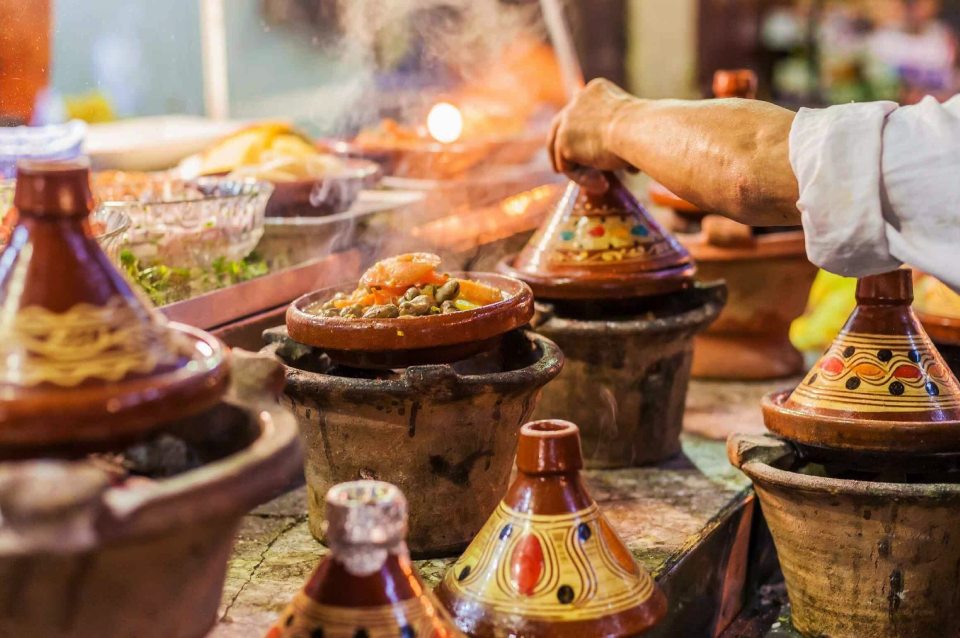
Traditional Berber and Moroccan Cuisine
Taroudant’s restaurants serve excellent traditional cuisine reflecting Berber heritage and Moroccan culinary traditions. Tagines featuring local ingredients, couscous prepared traditionally on Fridays, and regional specialties showcase the Souss Valley’s agricultural abundance.
Argan Oil Heritage
The surrounding region produces argan oil, Morocco’s liquid gold with culinary and cosmetic applications. Local restaurants incorporate argan oil into dishes, while cooperatives offer opportunities to understand production processes and purchase authentic products.
Local Markets and Fresh Produce
Daily markets showcase the Souss Valley’s agricultural bounty including citrus fruits, olives, fresh vegetables, and seasonal specialties. Shopping at these markets provides insights into local food culture and seasonal agricultural cycles.
Rooftop Dining and Atmospheric Restaurants
Several establishments offer rooftop dining with mountain views, creating memorable meal settings. These restaurants combine traditional Moroccan cuisine with atmospheric ambiance that enhances culinary experiences.
Accommodations and Hospitality

Boutique Riads and Traditional Guesthouses
Taroudant features numerous restored traditional houses converted into intimate accommodations. These riads offer authentic Moroccan hospitality, beautiful architecture, and personalized service at prices significantly lower than similar establishments in Marrakech.
Luxury Hotels with Modern Amenities
Several upscale hotels provide luxurious accommodations with swimming pools, spa facilities, and modern comforts while incorporating traditional design elements. These properties offer comfortable bases for exploring the region.
Budget-Friendly Options
The city also provides simple, clean guesthouses and small hotels suitable for budget-conscious travelers. These establishments offer basic comfort and often include breakfast, maintaining affordability without sacrificing cleanliness.
Genuine Moroccan Hospitality
Regardless of accommodation level, Taroudant’s hoteliers maintain traditional Moroccan hospitality customs. Staff often provide valuable local knowledge, arrange activities, and treat guests with warmth that makes stays memorable.
Activities and Experiences
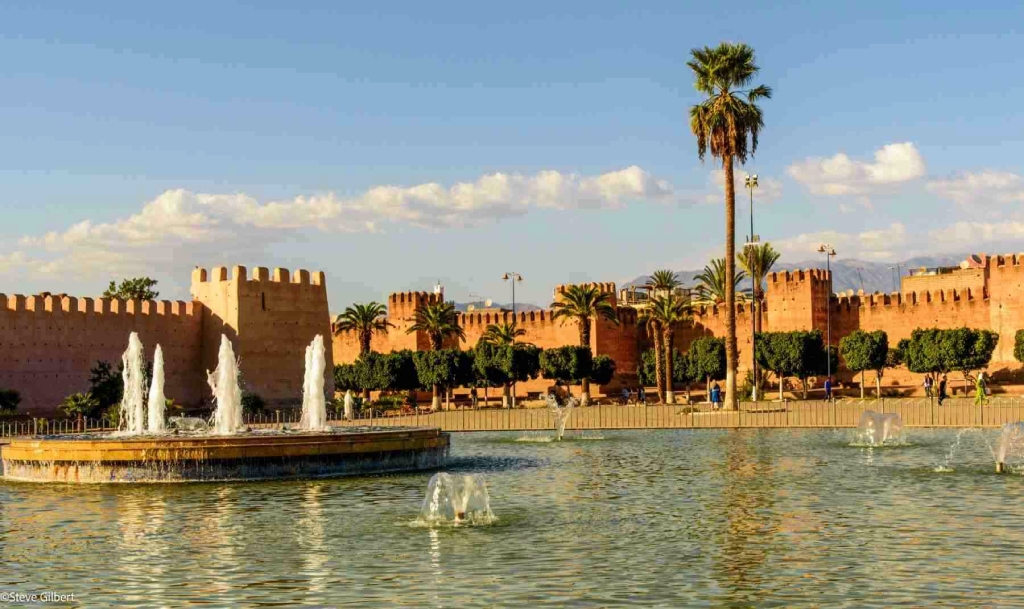
Cooking Classes and Culinary Workshops
Several riads and culinary centers offer cooking classes where visitors learn to prepare traditional Moroccan dishes. These hands-on experiences include market shopping, spice identification, and preparation techniques, providing lasting culinary knowledge.
Hammam and Traditional Wellness
Local hammams offer authentic Moroccan bathing experiences at reasonable prices. These traditional bathhouses provide relaxation, exfoliation, and cultural insights into Moroccan hygiene and wellness customs.
Guided City Tours and Historical Walks
Local guides offer walking tours explaining historical sites, architectural features, and cultural traditions. These tours provide context that enhances independent exploration and ensures visitors don’t miss significant details.
Horse and Carriage Rides
Traditional caleches (horse-drawn carriages) offer romantic tours around the ramparts and through the city. These leisurely rides provide different perspectives while embracing traditional transportation methods.
Day Trips and Regional Exploration

Agadir and Atlantic Coast
The coastal city of Agadir lies approximately 80 kilometers west, accessible for day trips. Visitors can enjoy beaches, seafood, and maritime atmosphere as pleasant contrast to Taroudant’s inland mountain character.
Tiznit and Silver City
South of Taroudant, Tiznit is famous for silver jewelry and traditional craftsmanship. The city maintains strong Berber character and offers opportunities to observe artisans and purchase authentic silver items.
Igherm and Mountain Villages
East of the city, traditional Berber villages cling to mountain slopes, maintaining ancient customs and architecture. These excursions provide insights into rural Moroccan life and spectacular mountain scenery.
Talioune and Saffron Region
The small town of Talioune, located in the mountains, is Morocco’s saffron capital. Visiting during harvest season (October-November) offers opportunities to understand saffron cultivation and purchase this precious spice directly from producers.
Practical Travel Information

Getting to Taroudant
The closest airport is Agadir (Al Massira), approximately 80 kilometers west. Regular buses and grand taxis connect the cities, taking about 90 minutes. Car rental enables independent exploration of the region. Some visitors arrive from Marrakech (approximately 4 hours) or as part of southern Morocco circuits.
Best Time to Visit
Taroudant enjoys pleasant weather most of the year. Spring (March-May) brings blooming landscapes and comfortable temperatures. Autumn (September-November) offers harvest season experiences and clear mountain views. Summer can be hot (35-40°C), while winter provides mild days but cool evenings.
How Many Days to Stay
A minimum of 2-3 days allows proper exploration of the city, ramparts, and souks. Allocating 4-5 days enables day trips to surrounding attractions and deeper cultural immersion. Many visitors use Taroudant as a base for extended regional exploration.
Money and Costs
Taroudant offers excellent value compared to major tourist destinations. Accommodation, dining, and shopping costs are significantly lower than Marrakech while quality remains high. Cash is useful for souks and small vendors, though hotels and restaurants accept credit cards.
Tips and Recommendations
Cultural Etiquette
- Dress modestly, especially when visiting religious sites
- Ask permission before photographing people
- Learn basic Arabic or French greetings
- Respect prayer times and religious observances
- Show genuine interest in local culture and traditions
Shopping Advice
- Bargaining is expected in souks; start at about 50% of asking price
- Take time to browse before committing to purchases
- Compare prices across multiple vendors
- Buy directly from artisans when possible
- Request receipts for valuable items
Photography Opportunities
- Golden hour on the ramparts offers magical light
- Mountain backdrops create stunning compositions
- Souk colors and textures provide rich subjects
- Always ask permission before photographing people
- Early morning and late afternoon provide best lighting
Health and Safety
- Taroudant is very safe with low crime rates
- Use sun protection during outdoor activities
- Drink bottled water to avoid stomach issues
- Carry hand sanitizer, especially after souk visits
- Standard travel precautions are sufficient
Hidden Gems and Local Secrets
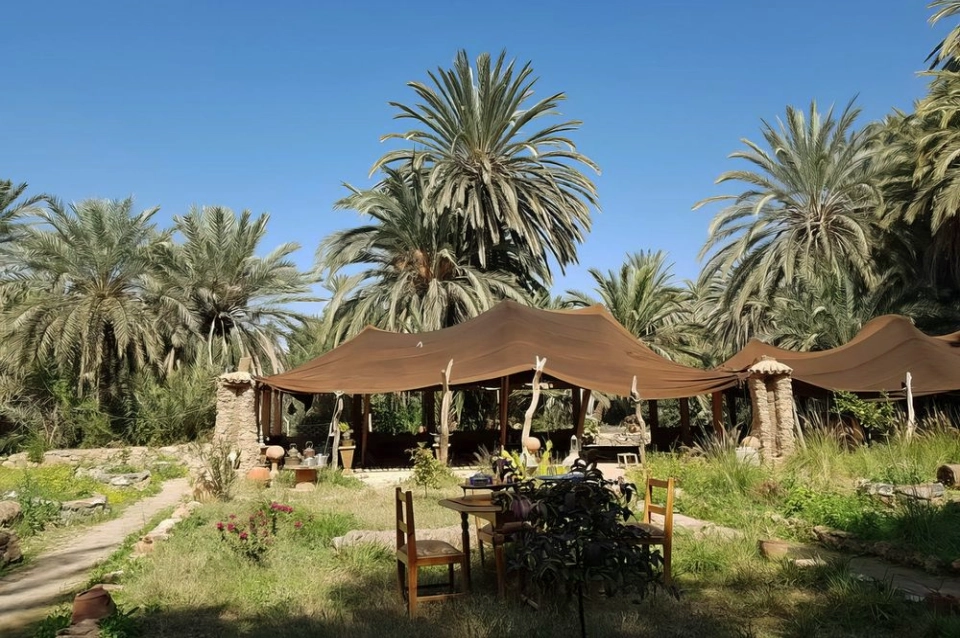
Sunrise at Eastern Ramparts
Early risers discover spectacular sunrise views from eastern wall sections, where morning light illuminates the High Atlas peaks while the city awakens below.
Small Artisan Workshops
Hidden throughout the medina, small workshops where craftspeople practice traditional skills welcome respectful visitors. These encounters provide authentic insights into artisanal production.
Local Cafe Culture
Neighborhood cafes away from tourist areas offer authentic social experiences where locals gather for tea, conversation, and traditional games like cards or dominoes.
Thursday Market Day
Thursday brings expanded market activity with additional vendors and products. This weekly market draws visitors from surrounding areas, creating exceptional atmosphere and shopping opportunities.
Palmerie Walks
Paths through palm groves outside the walls offer peaceful escapes where agricultural life continues traditionally. These walks reveal irrigation systems and rural lifestyles.
FAQs
Q1: Why is Taroudant called “Little Marrakech” and how does it compare? A: Taroudant earned this nickname due to similar red-ochre ramparts, vibrant souks, and historical significance as a former Saadian capital. However, Taroudant offers more manageable scale, fewer crowds, lower prices, and more authentic atmosphere than tourist-saturated Marrakech. While lacking Marrakech’s monumental palaces and famous squares, Taroudant provides similar experiences with genuine local character and spectacular mountain settings, making it ideal for travelers seeking authentic Morocco without overwhelming tourism.
Q2: How many days should I spend in Taroudant? A: Allocate minimum 2-3 days to properly explore the city, walk the ramparts, browse souks, and absorb the atmosphere. Adding 4-5 days enables day trips to surrounding kasbahs, mountain villages, coastal Agadir, and deeper cultural immersion. Many travelers use Taroudant as a base for week-long southern Morocco exploration, taking advantage of central location, comfortable accommodations, and reasonable prices.
Q3: Is Taroudant suitable for first-time visitors to Morocco? A: Absolutely! Taroudant is actually ideal for Morocco beginners. The city is small enough to navigate easily, maintains authentic character without overwhelming intensity, offers excellent accommodations and dining, and features friendly locals accustomed to welcoming visitors. The manageable scale allows gradual acclimatization to Moroccan culture, while mountain backdrops and ramparts provide immediate visual rewards. It combines accessibility with authenticity perfectly.
Q4: What makes Taroudant special compared to other Moroccan cities? A: Taroudant’s unique combination of intact medieval ramparts, manageable medina size, spectacular mountain setting, authentic souk culture, absence of aggressive tourism, reasonable prices, and genuine local atmosphere creates special character. The city preserves traditional Moroccan life while welcoming visitors warmly. Unlike cities dominated by tourism or overwhelmed by modernization, Taroudant maintains balance where authentic culture thrives alongside comfortable visitor amenities.
Q5: Can I combine Taroudant with other destinations, and what makes good itineraries? A: Taroudant combines excellently with multiple destinations. Popular itineraries include: Marrakech-Taroudant-Agadir (mountains to coast); Essaouira-Taroudant-Anti-Atlas circuit; or extended southern loops including Taroudant-Tiznit-Sidi Ifni-Tafraoute. The city’s location makes it perfect for breaking Marrakech-Agadir journeys or as a comfortable base for exploring southern Morocco’s kasbahs, valleys, and Berber villages. Most visitors spend 3-4 days here as part of 10-14 day Morocco itineraries.


